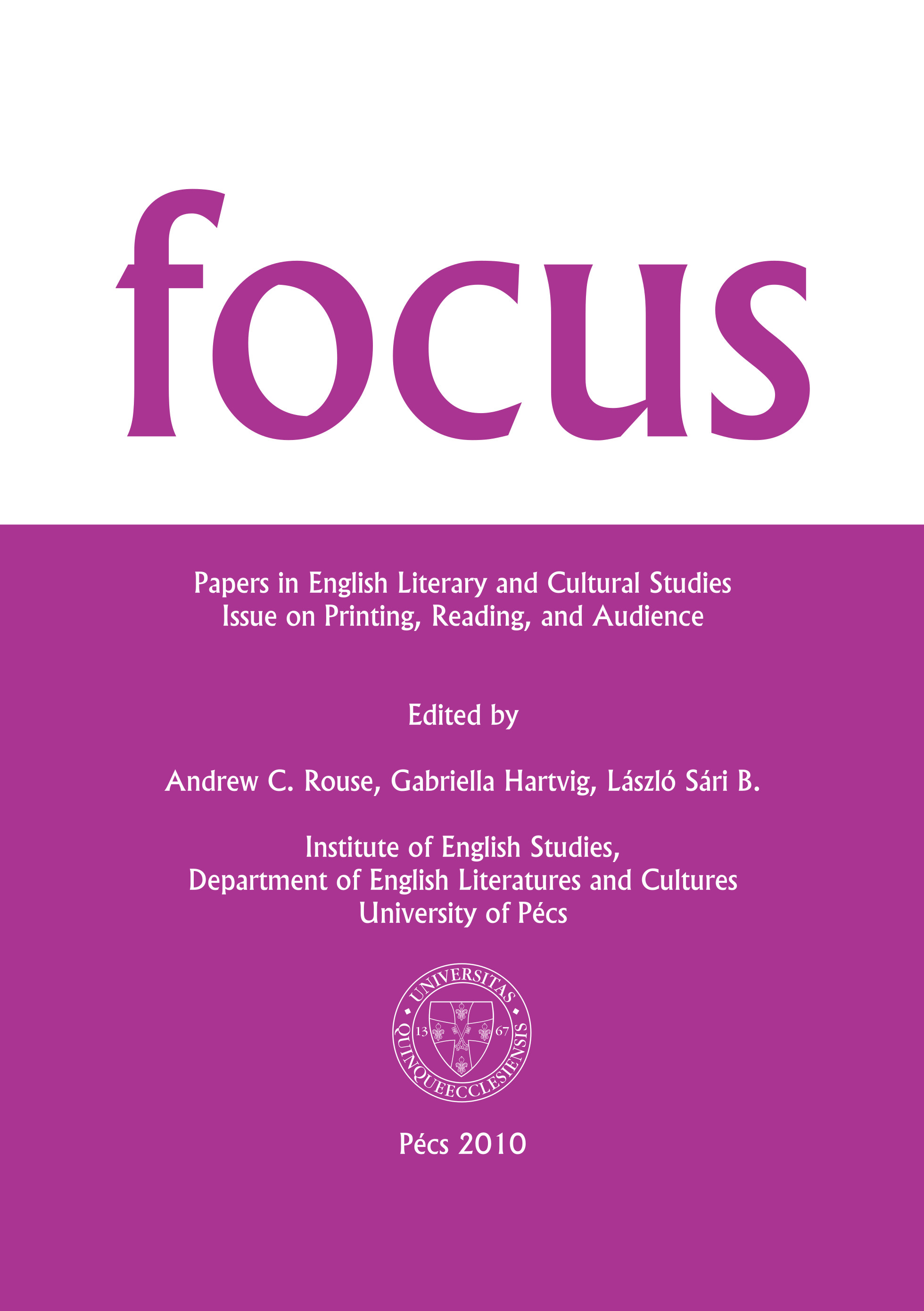“I love a ballad in print”: The Broadside Conundrum and the Historical Axis in Ballad Tradition
Abstract
In English Folk-Song: Some Conclusions, Cecil Sharp, the leading figure in the English folk song revival of the early twentieth century, extols the fact that one of his singers, Henry Larcombe, of Haselbury Plucknett, in the county of Somerset, sang him eleven stanzas of a ballad, “Robin Hood and the Tanner” (Child 126), that proved almost word for word the same as the corresponding stanzas of a black-letter broadside copy in the Bodleian Library (Sharp, Some Conclusions 17). Later on, though, he states that the vitality of folk song depends entirely upon it continuing to be sung in the present: “a folk-song never grows old . . . Its life is conditioned by its popularity. If its development is arrested, sooner or later it falls in popular esteem; singers cease to sing it, and it dies beyond hope of resuscitation” (Sharp, Some Conclusions 124). From the strict perspective of performance, this is probably right. It poses a conundrum, however, when Sharp goes on to say: “It is recorded on no written or printed document, and all the antiquarians in the world are incapable of reviving it” (Sharp, Some Conclusions 124). For not only have more recent revival movements proved quite capable of resurrecting ballads that, to the best of our knowledge, have not been current since the seventeenth century, but, much more importantly, it is now known that perhaps as many as ninety per cent of English-language ballads and folk songs have a history in cheap, popular print of the broadside and chapbook kind. “Robin Hood and the Tanner” is a classic example. For all that the Robin Hood ballads ostensibly embody English history in sung verse, and have a very strong presence in broadsides and chapbook garlands printed in the seventeenth and eighteenth centuries, they were subsequently collected only rather infrequently from singers at the time of the folk song revival in the late nineteenth/early twentieth century.
Downloads
Published
How to Cite
Issue
Section
License

This work is licensed under a Creative Commons Attribution-NonCommercial-NoDerivatives 4.0 International License.
FOCUS: Papers in English Literary and Cultural Studies follows the principles laid down by Creative Commons, which provides guarantees for the Author’s copyright while also ensuring that intellectual properties are made available for the wider public in a digital form. All papers submitted to the journal apply the following licence conditions (indicated on the journal’s website as well as in individual publications):
“© This work is licensed under a Creative Commons Attribution-NonCommercial-NoDerivatives 4.0 International License.”
You are free to:
- Share, copy and redistribute the material included in the journal in any medium or format under the following terms:
- Attribution — You must give appropriate credit to the Author, and indicate the original place of publication [FOCUS: Papers in English Literary and Cultural Studies, Issue nr., page numbers.].
- NonCommercial — You may not use the material for commercial purposes.
- NoDerivatives — You are not allowed to remix, transform, or build upon the material.
- The above conditions must always be indicated if the journal material is distributed in any form.
- The above conditions must always be met, unless a written permission signed by the Author and the Editor-in-Chief states otherwise.

